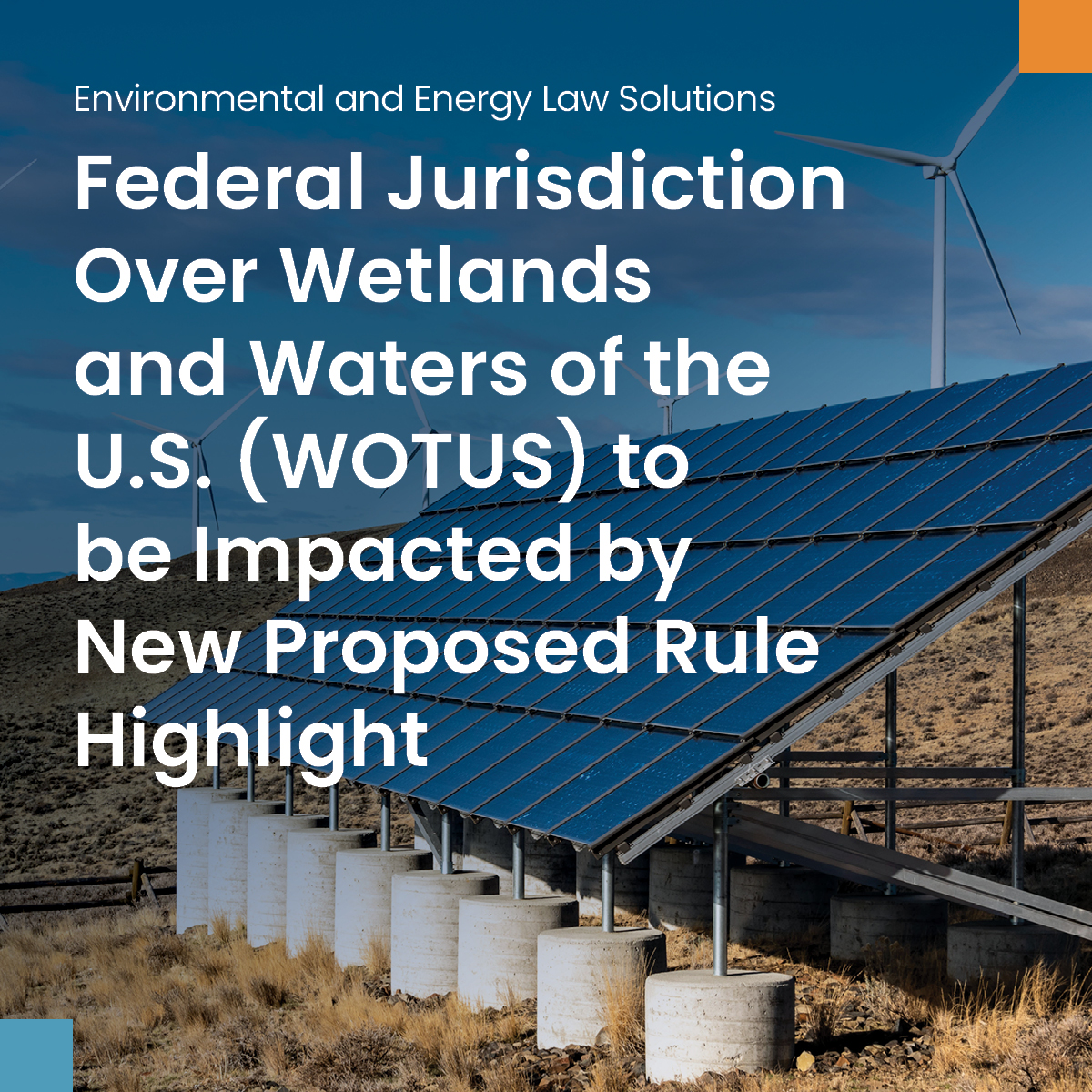Drought blankets most of Intermountain West, including Colorado — and will likely get worse – Colorado Public Radio

Report on Severe Drought in the Intermountain West and its Impact on Sustainable Development Goals
This report details the severe drought conditions affecting the Intermountain West region of the United States, analyzing its causes, consequences, and profound implications for achieving key Sustainable Development Goals (SDGs).
Drought Status and Regional Analysis
Current Conditions
A significant drought is impacting the five-state Intermountain West region, which includes Arizona, New Mexico, Colorado, Utah, and Wyoming. Data presented by the Colorado state climatologist and the National Oceanic and Atmospheric Administration (NOAA) indicates that a substantial portion of the region is experiencing drought, with nearly 20 percent facing the most severe category of conditions.
Worsening Outlook
The situation has been exacerbated by a hotter and drier than average August, a month that typically provides relief through monsoon rains. Projections indicate a negative short-term outlook, with conditions expected to deteriorate further. This trend marks a stark reversal from the previous year, when drought conditions were significantly less widespread.
- October (Previous Year): Only 36% of the region faced drought.
- April (Current Year): Abnormally hot and dry weather initiated rapid snowpack melt.
- August (Current Year): Failure of monsoon rains has deepened the drought.
Primary Drivers and Link to Climate Change (SDG 13)
Meteorological Factors
The current drought is driven by a combination of low precipitation and high temperatures. Since April, abnormally hot and dry weather has accelerated the melting of mountain snowpack, a critical water source. Southern Arizona is reportedly experiencing some of its driest conditions in over a century.
Accelerating Climate Change
The escalating crisis is intrinsically linked to global climate change, directly challenging the objectives of SDG 13: Climate Action. NOAA data projects a dramatic increase in extreme heat days for cities like Denver by 2050, a trend that will likely prolong and intensify future droughts, making climate mitigation and adaptation strategies essential.
Impacts on Sustainable Development Goals
SDG 6: Clean Water and Sanitation
The drought poses a direct and severe threat to water security in the region, undermining progress toward SDG 6: Clean Water and Sanitation. The primary impacts include:
- Reduced Streamflows: Water flows in the Colorado River Basin are predominantly below average. A stream gauge on the White River near Meeker, Colorado, has registered near-record low levels.
- Depleted Reservoirs: Lake Powell and Lake Mead, the two largest reservoirs on the Colorado River, are approaching record-low storage levels.
- Threatened Water Supply: These reservoirs are a critical source of drinking water for millions of people. Continued declines could trigger significant water use restrictions, affecting both urban and agricultural sectors.
SDG 15: Life on Land
The parched landscape has created conditions that severely degrade terrestrial ecosystems, directly impacting SDG 15: Life on Land.
- Increased Wildfire Risk: The drought has resulted in tinderbox conditions across the West.
- Escalating Wildfires: The number of wildfires nationally has nearly doubled compared to the same period last year, according to the National Interagency Fire Center (NIFC). Major fires in Arizona and Colorado have prompted emergency declarations and evacuations.
- Ecosystem Degradation: Wildfires are incinerating vast tracts of dry, desecrated terrain, causing long-term damage to forests and biodiversity.
Conclusion and Call for Collaborative Action (SDG 17)
The worsening drought in the Intermountain West represents a critical environmental and humanitarian challenge that intersects with multiple Sustainable Development Goals. The impacts on water security (SDG 6), terrestrial ecosystems (SDG 15), and climate resilience (SDG 13) are severe and interconnected. Addressing this crisis requires robust and coordinated efforts, underscoring the importance of SDG 17: Partnerships for the Goals. Securing federal funding for drought relief and implementing comprehensive water management and climate adaptation policies are imperative to mitigate the ongoing damage and build a more sustainable future for the region.
Analysis of Sustainable Development Goals (SDGs) in the Article
1. Which SDGs are addressed or connected to the issues highlighted in the article?
The article on the drought in the Intermountain West addresses and connects to several Sustainable Development Goals (SDGs) due to its focus on water scarcity, climate change impacts, and ecosystem degradation. The primary SDGs identified are:
- SDG 6: Clean Water and Sanitation
- SDG 11: Sustainable Cities and Communities
- SDG 13: Climate Action
- SDG 15: Life on Land
2. What specific targets under those SDGs can be identified based on the article’s content?
Based on the issues discussed, several specific targets within the identified SDGs are relevant. The analysis connects the article’s content to the following targets:
-
SDG 6: Clean Water and Sanitation
- Target 6.4: “By 2030, substantially increase water-use efficiency across all sectors and ensure sustainable withdrawals and supply of freshwater to address water scarcity and substantially reduce the number of people suffering from water scarcity.”
- Explanation: The article directly addresses water scarcity by describing “shrinking streamflows,” “extremely low” water levels in Lake Powell and Lake Mead, and the fact that these reservoirs are “critical sources of drinking water for millions of people.” The potential for “water restrictions” further highlights the pressure on freshwater supplies and the need to manage them sustainably.
- Target 6.5: “By 2030, implement integrated water resources management at all levels, including through transboundary cooperation as appropriate.”
- Explanation: The drought affects a “five state region” (Arizona, New Mexico, Colorado, Utah, and Wyoming) that shares the Colorado River Basin. The article notes that reservoir levels are fed by “snowmelt from upstream states like Colorado,” underscoring the interconnectedness of water resources across state lines and the implicit need for integrated, transboundary management.
- Target 6.6: “By 2020, protect and restore water-related ecosystems, including mountains, forests, wetlands, rivers, aquifers and lakes.”
- Explanation: The article emphasizes the degradation of water-related ecosystems. It mentions that mountain snowpack, which “feeds into streams and rivers,” melted rapidly. It also reports that “streamflows in the Colorado River Basin are below average” and that major reservoirs are “creeping down towards the all-time record lows.” This points to the failure to protect these critical ecosystems.
- Target 6.4: “By 2030, substantially increase water-use efficiency across all sectors and ensure sustainable withdrawals and supply of freshwater to address water scarcity and substantially reduce the number of people suffering from water scarcity.”
-
SDG 11: Sustainable Cities and Communities
- Target 11.5: “By 2030, significantly reduce the number of deaths and the number of people affected and substantially decrease the direct economic losses relative to global gross domestic product caused by disasters, including water-related disasters, with a focus on protecting the poor and people in vulnerable situations.”
- Explanation: The article describes the consequences of drought and heat, which are natural disasters. It explicitly states that wildfires have “prompted emergency declarations and evacuations,” directly referencing people being affected by a disaster. The drought itself is a major water-related disaster impacting millions who rely on the Colorado River for drinking water.
- Target 11.5: “By 2030, significantly reduce the number of deaths and the number of people affected and substantially decrease the direct economic losses relative to global gross domestic product caused by disasters, including water-related disasters, with a focus on protecting the poor and people in vulnerable situations.”
-
SDG 13: Climate Action
- Target 13.1: “Strengthen resilience and adaptive capacity to climate-related hazards and natural disasters in all countries.”
- Explanation: The article identifies drought, extreme heat, and wildfires as severe climate-related hazards. It notes that “Climate change is also accelerating extreme heat conditions for the region, which could prolong future droughts.” The mention of “uncertainty over federal funding for drought relief” and lawmakers’ efforts to secure it points to the ongoing challenge of building resilience and adaptive capacity to these events.
- Target 13.1: “Strengthen resilience and adaptive capacity to climate-related hazards and natural disasters in all countries.”
-
SDG 15: Life on Land
- Target 15.1: “By 2020, ensure the conservation, restoration and sustainable use of terrestrial and inland freshwater ecosystems and their services, in particular forests, wetlands, mountains and drylands…”
- Explanation: The article describes the impact of the drought on terrestrial ecosystems, particularly drylands and mountain ecosystems. The Western Slope, a mountain region, is among the “most drought-stricken areas,” and the drought is creating “tinderbox conditions for wildfires” that scorch forests and land.
- Target 15.3: “By 2030, combat desertification, restore degraded land and soil, including land affected by desertification, drought and floods, and strive to achieve a land degradation-neutral world.”
- Explanation: The core theme of the article is severe drought leading to land degradation. The text states that “nearly 20 percent of the region stuck in the most severe, driest conditions” and describes the terrain where wildfires are burning as “dry, desecrated terrain.” This directly relates to the fight against desertification and the restoration of drought-affected land.
- Target 15.1: “By 2020, ensure the conservation, restoration and sustainable use of terrestrial and inland freshwater ecosystems and their services, in particular forests, wetlands, mountains and drylands…”
3. Are there any indicators mentioned or implied in the article that can be used to measure progress towards the identified targets?
The article provides several quantitative and qualitative data points that can serve as indicators to measure the status and progress related to the identified targets.
-
Indicators for SDG 6 (Clean Water and Sanitation)
- Level of Water Stress (Indicator 6.4.2): The article implies a high level of water stress through descriptions like “extremely low” water levels in Lake Powell and Lake Mead, “shrinking streamflows,” and a stream gauge on the White River clocking “near record low levels.” These are direct measures of freshwater availability.
-
Indicators for SDG 11 (Sustainable Cities and Communities)
- Number of people affected by disasters (related to Indicator 11.5.1): The article mentions that wildfires have led to “evacuations,” which is a direct measure of the number of people affected by a disaster. The statement that reservoirs are “critical sources of drinking water for millions of people” implies the large population potentially affected by the water-related disaster.
-
Indicators for SDG 13 (Climate Action)
- Metrics of Climate-Related Hazards (related to Target 13.1): The article provides specific data on the severity of hazards: “nearly 20 percent of the region stuck in the most severe, driest conditions,” a projection that Denver will “experience 32 days of extreme heat by 2050,” and the fact that Southern Arizona is seeing “some of its driest conditions over the last 130 years.”
-
Indicators for SDG 15 (Life on Land)
- Proportion of land that is degraded (Indicator 15.3.1): The article provides a direct statistic: “nearly 20 percent of the region stuck in the most severe, driest conditions.” The U.S. Drought Monitor map included in the article is a visual representation of this indicator, showing the extent of degraded land due to drought.
- Data on Wildfires: The article provides data that can be used as an indicator of ecosystem health, stating there have been “nearly double the number of wildfires across the country this year compared to the same period last year.” It also quantifies the area burned by the largest fire as “nearly nine times the size of Manhattan.”
4. Summary Table of SDGs, Targets, and Indicators
| SDGs | Targets | Indicators Identified in the Article |
|---|---|---|
| SDG 6: Clean Water and Sanitation |
6.4: Address water scarcity and ensure sustainable freshwater supplies.
6.5: Implement integrated water resources management. 6.6: Protect and restore water-related ecosystems. |
– Water levels in Lake Powell and Lake Mead are “extremely low.” – Streamflows in the Colorado River Basin are “below average.” – A stream gauge on the White River is at “near record low levels.” – The drought affects a “five state region,” implying the need for transboundary management. |
| SDG 11: Sustainable Cities and Communities | 11.5: Reduce the number of people affected by disasters, including water-related disasters. |
– Wildfires have prompted “emergency declarations and evacuations.” – “Millions of people” depend on the affected reservoirs for drinking water. |
| SDG 13: Climate Action | 13.1: Strengthen resilience and adaptive capacity to climate-related hazards. |
– “Climate change is also accelerating extreme heat conditions.” – Denver is projected to have “32 days of extreme heat by 2050,” up from four. – Southern Arizona is experiencing some of its “driest conditions over the last 130 years.” |
| SDG 15: Life on Land |
15.1: Ensure the conservation and sustainable use of terrestrial and inland freshwater ecosystems.
15.3: Combat desertification and restore degraded land. |
– “Nearly 20 percent of the region stuck in the most severe, driest conditions.” – “Nearly double the number of wildfires” compared to the previous year. – Description of land as “dry, desecrated terrain.” – The U.S. Drought Monitor map visually shows the proportion of degraded land. |
Source: cpr.org

What is Your Reaction?
 Like
0
Like
0
 Dislike
0
Dislike
0
 Love
0
Love
0
 Funny
0
Funny
0
 Angry
0
Angry
0
 Sad
0
Sad
0
 Wow
0
Wow
0


-1920w.png?#)





































































